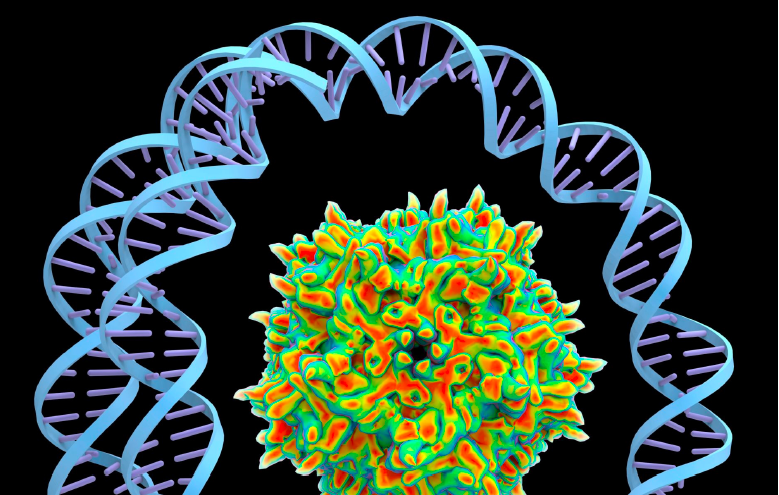Gene Therapy for Hemophilia
DOI:
https://doi.org/10.52243/bptjm.v1i2.28Keywords:
hemophilia, Factors VIII and FIX, AAV vector, inhibitors, viral vectors, hepatocytes, thrombinAbstract
Hemophilia is an X-linked recessive genetic disorder in which the body has an inability to clot, leading to increased risk of mortality for individuals if a bleeding episode were to occur. Traditional hemophilia treatments such as prophylactic factor replacement therapy of recombinant factor VIII and IX, have been proven to be costly and do not provide a long-lasting protection during bleeding episodes.(1) In recent years, use of Adeno-associated viral vectors (AAV) gene therapy has been explored as a potential alternative due to efficient gene delivery and tissue tropism, overall safety and efficacy, and longer-lasting effects.(2) However, concerns over inhibitor development still stands as a majorly significant treatment complication that burdens the steady progression of long-term treatment. This review article seeks to provide an overview of the current state of AAV-based gene therapy as a treatment for Hemophilia.
Downloads






